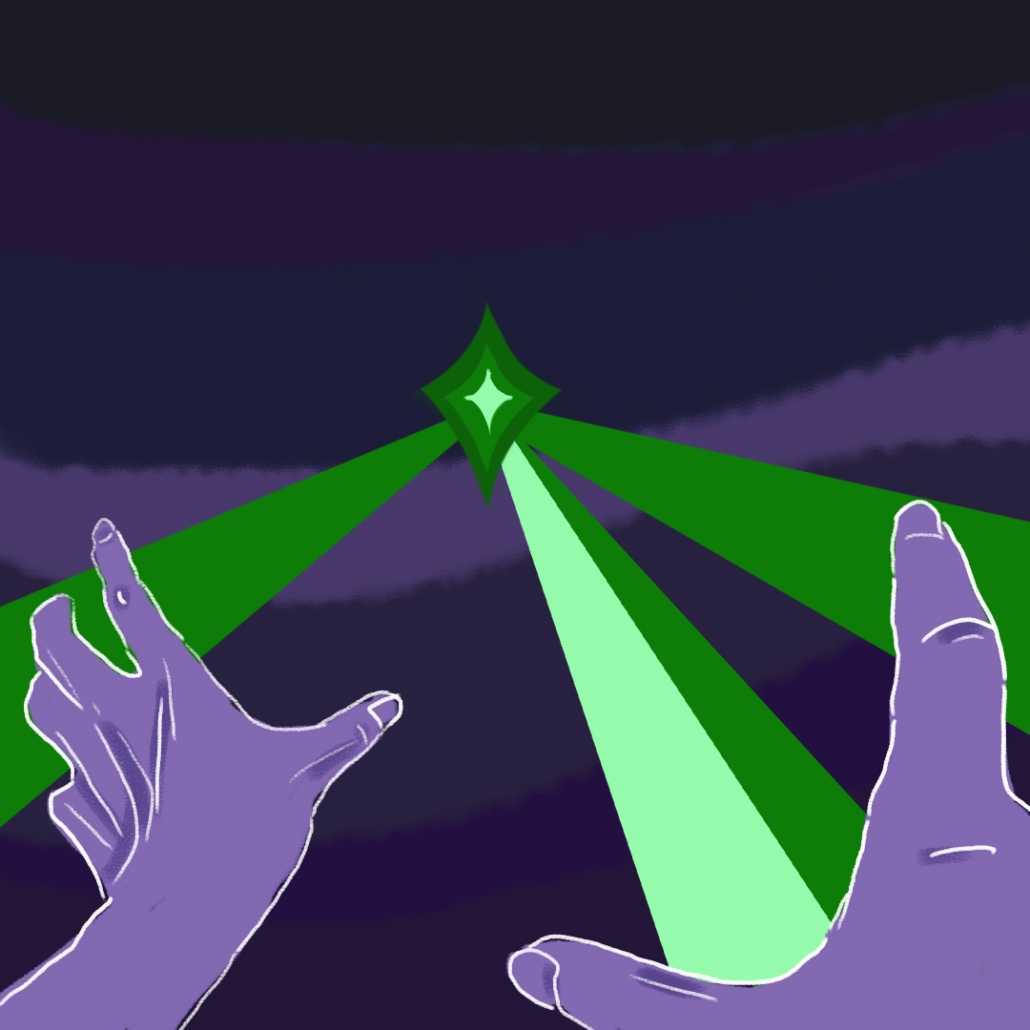Fiction but Fact: Gatsby’s great truth: Drawing a line between dreams and reality

I’ve always admired Jay Gatsby’s ability to dream in F. Scott Fitzgerald’s masterpiece, “The Great Gatsby.” An optimist like Gatsby, I cheered him on as he worked 10 times harder than the next guy to make a name for himself so that he could win over the heart of his true love, Daisy.
But when it turned out to be that this dream ironically led to Gatsby’s own demise, I forced myself to reconsider my blind loyalty to the hobby of dreaming.
Fitzgerald’s novel still carries a continuing legacy almost 100 years since its first release in 1925. Though “The Great Gatsby” takes place in the Roaring ’20s, its lesson about the dangers of confusing imagination with reality remains relevant today. With rich commentary on the foolishness of a class-based society and the inability to let go of the past, the novel touches upon various themes and pressing issues that parallel many similar difficulties faced in today’s society.
While we obviously can’t ask the literary genius what he himself hoped readers would learn and grasp from his piece, we do know that he put his heart and soul into this project.
“While I have every hope and plan of finishing my novel [“The Great Gatsby”] in June, you know how those things often come out, and even if it takes me 10 times that long I cannot let it go out unless it has the very best I’m capable of in it, or even, as I feel sometimes, something better than I’m capable of,” Fitzgerald wrote to his editor Max Perkins in 1924.
In a sense, the novel is open to varying interpretations as to what Fitzgerald’s true message is about people and society. That is the beauty of this book; it allows both you and me to take away whatever we want — whatever stood out to us in the midst of the well-written prose that is Fitzgerald’s writing.

And to me, the most important enduring truth the novel teaches us is to never let the dreams of our past blind us from our goals for the present and the future.
Reading it for the first time as a requirement for my English 3 IB class in high school, I quickly began to appreciate the work of art the novel is. I identified with Gatsby: his dream of financial success, his dream for love, his dream of unrealistic aspirations. All of it.
I, too, was hypnotized by the dark side of idealism.
Yet, unlike Gatsby, I had hindsight vision and the upper hand in figuring out the costs of letting the past drive and dictate your current dreams. Diving into the world of Gatsby as I voraciously read through the pages from the first-person narration by Gatsby’s friend, Nick Carraway, I watched the young Gatsby grow into a man.
Infatuated with recreating things just how they were in the past with Daisy, Gatsby becomes consumed by the undertaking. He does not give himself a second to just stop and truly think about the reason behind his actions and behavior and falls victim to living in the past instead of living in the moment — a situation that I, and so many others, are familiar with.
Reiterating this life lesson and tragic truth, Fitzgerald concluded his novel with Carroway narrating words that I will never forget.
“Gatsby believed in the green light, the orgastic future that year by year recedes before us,” Carroway wrote. “It eluded us then, but that’s no matter — tomorrow we will run faster, stretch out our arms farther … And one fine morning — so we beat on, boats against the current, borne back ceaselessly into the past.”
Comparing Gatsby’s need for the future to resemble his past —as represented by the green light — and the everyday man’s struggle to achieve their dreams by recreating their past, Fitzgerald reminds us of the danger of not moving beyond what has already happened.
As humans we are constantly being drawn back by the current as we attempt to row forward.
I’m not saying to stop dreaming. On the contrary, I say to never stop doing so because the day you do is the same day that you forget how to strive for what’s best for you. You forget how to believe, how to love, how to wish.
At USC, I know that sometimes it becomes hard to dream. Getting caught up in classes, being involved with several extracurriculars, trying to secure an internship — we can easily forget who we exactly want to be and what we want to achieve. But, as members among some of the brightest minds of the Trojan family, I remind us all (myself included) to never lose sight on what’s most important: believing in ourselves, dreaming and accomplishing our wildest goals.
I encourage us all to dream with the same passion as Gatsby, but at the same time, I ask us all to make time for introspection — to pause and observe one’s own conscious thoughts and feelings. By doing so, we permit ourselves to determine whether our dreams are balanced between reality and fantasy, and that they are not just manifestations from the past.
Only then can we truly escape the struggle to transform our imaginative dreams into the real world.
Aisha Patel is a freshman writing about fiction in parallel to current events. Her column, “Fiction but Fact,” runs every other Wednesday.

